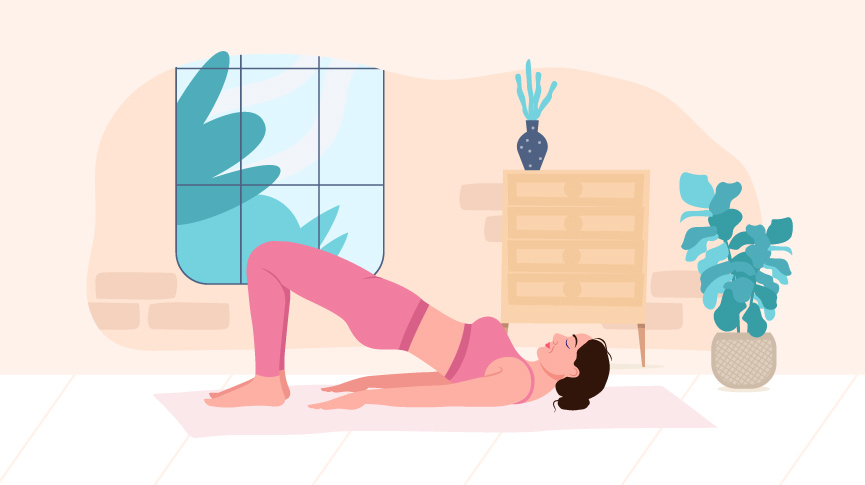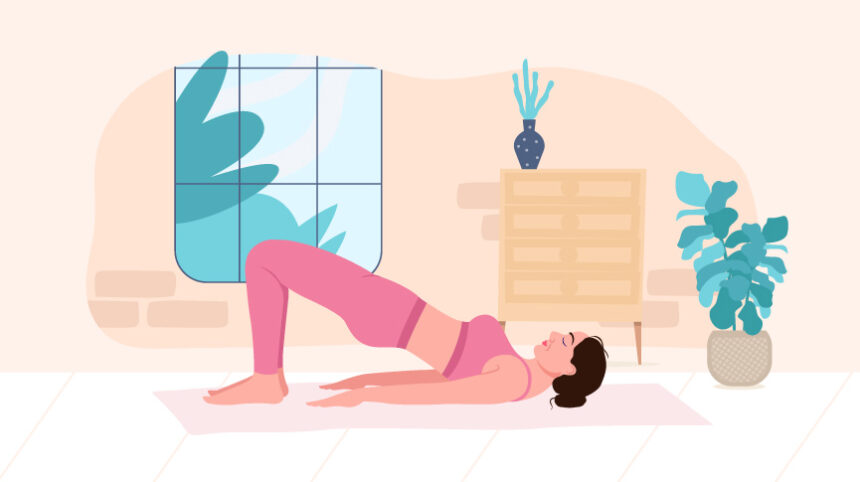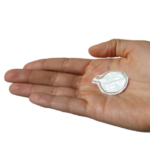Working from residence means many individuals expertise a number of ache and ache. Issues like neck, shoulder and again ache are frequent complaints and are sometimes related to physique posture.
Many individuals imagine that posture is in regards to the again and backbone, however correct pelvic positioning performs an equally essential position.
To tackle the best posture, an individual wants to have the ability to discover their “impartial” backbone. That is the midpoint between the 2 excessive pelvic positions.
One is the lean of the pelvis ahead, the place an individual swings the pelvis ahead and makes the waist arch.
The opposite is the lean of the pelvis within the again, the place an individual strikes the pelvis in the other way, pushing the pelvis downwards, flattening the again. This could trigger folks to be in a poor place.
If an individual sways backwards and forwards within the pelvis in the back and front, the center proper facet is a impartial place and the individual ought to ideally hang around.
Nevertheless, many individuals have pelvises which can be at a slight anterior or posterior pelvic tilt. This may be resulting from a wide range of causes, considered one of which is muscle rigidity.
Whereas many muscle tissue are connected to the pelvis, key gamers that may result in pelvic tilt are the hamstrings and hip flexors. Hamstrings are positioned behind the thighs and are primarily concerned in knee flexion and hip extension. There are a number of hip flexors. I spotlight three of them: PSOA, iliac and rectus femoris. The Psoas transfer from the backbone by the stomach and fix to the femur. The iliac travels from the pelvis, which joins the PSOA to connect to the femur. Lastly, the rectus femoris is likely one of the quadriceps muscle tissue, which strikes from the entrance of the pelvis to the patellar tendon.
If somebody has a ahead tilted pelvis, it’s typically resulting from restricted hip flexors. That is usually resulting from the truth that an individual’s hips stay in a flexed place, which implies they’re sitting for a very long time.
A clinician can do a Thomas check to evaluate whether or not somebody has a hip flexor. Throughout this check, the affected person will sit and lie down on the fringe of the examination desk. Clinicians will observe if the individual arches their again, as this can be an indication that there’s a feeling of stress on the hip flexors. The individual on the desk brings one knee to his chest, and the clinician observes whether or not the individual’s stationary leg has moved. If that leg rises from the desk, it’s a signal that the hip flexors are tight.
It is essential to see healthcare professionals determine on the proper remedy plan, however if you happen to suspect somebody has a forward-leaning pelvis, there are some workout routines that an individual can follow.
Nevertheless, earlier than you begin, discuss to your healthcare supplier earlier than you do any workout routines!
Publish-pelvic tilt
Whereas mendacity down in your again along with your knees bent, gently push your pelvis in and attempt to flatten your again. Proceed respiratory and slowly return to the beginning place earlier than repeating. They will do some iterations and see the way it feels. They will sit and follow this similar motion.
The hip flexors stretch
A technique to do that is to lie in your abdomen and gently press towards your forearm and maintain for 30 seconds. Another choice is to kneel and transfer ahead. For bigger stretches, you’ll be able to maintain your arms up into the air for 30-60 seconds.
bridge
Whereas mendacity in your again along with your knees bent, carry out the posterior pelvic tilt as above, squeeze the butt muscle tissue, slowly carry the pelvis off the ground, then slowly return the pelvis to the ground. Begin slowly with 5 repetitions and see the way it feels.











